You may have seen the terms bain-marie, double boiler, and water bath tossed around casually in cooking blogs and recipes. But what is the difference between them? We've sifted through the sometimes contradictory information to bring you the real story.
A double boiler is composed of two parts: a pot filled with hot water and a pot above, which is heated by the steam from that water. The term bain-marie is more general and can be used to refer to several methods of heating a container by using hot water beneath, including double boilers, hot water baths, and chafing dishes.
Now that we know the basics, let's look at the bain-marie versus a double boiler in more depth. Read on to learn more about these different styles of bains-marie, their design, and their uses.
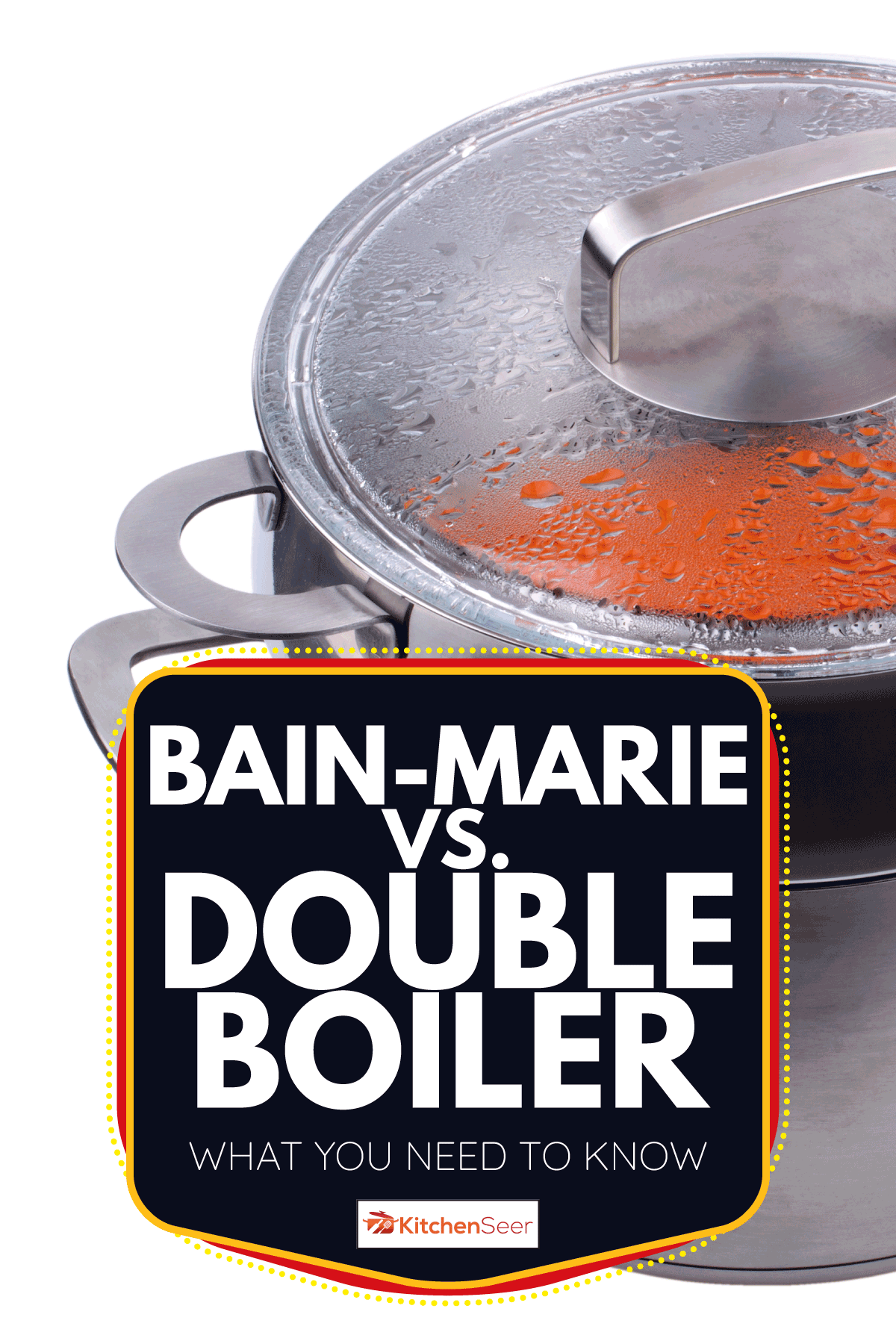
What is a bain-marie?
The term bain-marie is French term meaning Mary's bath. It comes from the Latin, balneum mariae, and the term was first used to describe a device used in alchemy invented by a woman named Mary. As we've said, there are different kinds of bains-marie. They are still used in scientific and industrial applications, but you are most likely to see the term in recipes referring to either a double boiler or a water bath. But how will you know which to use?
Double Boiler
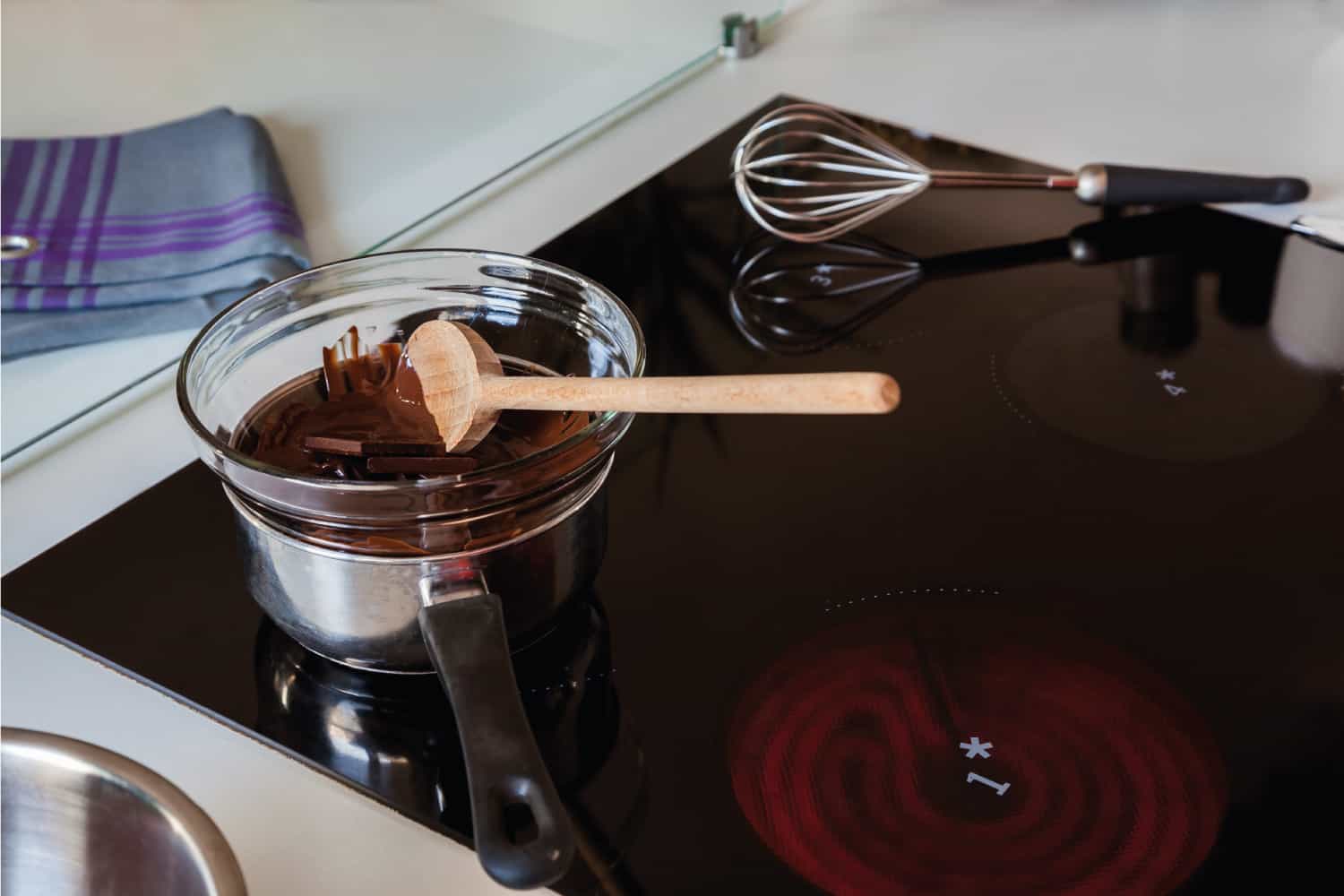
Double boilers (bains-marie à la casserole) are used on the stovetop. They consist of two parts, a saucepan on the burner halfway-filled with water and another pan or bowl that fits above it. Both parts of the double boiler can be bought together, such as this one by La Patisserie that also comes with chocolate molds:
Click here to see it on Amazon.
Water Bath
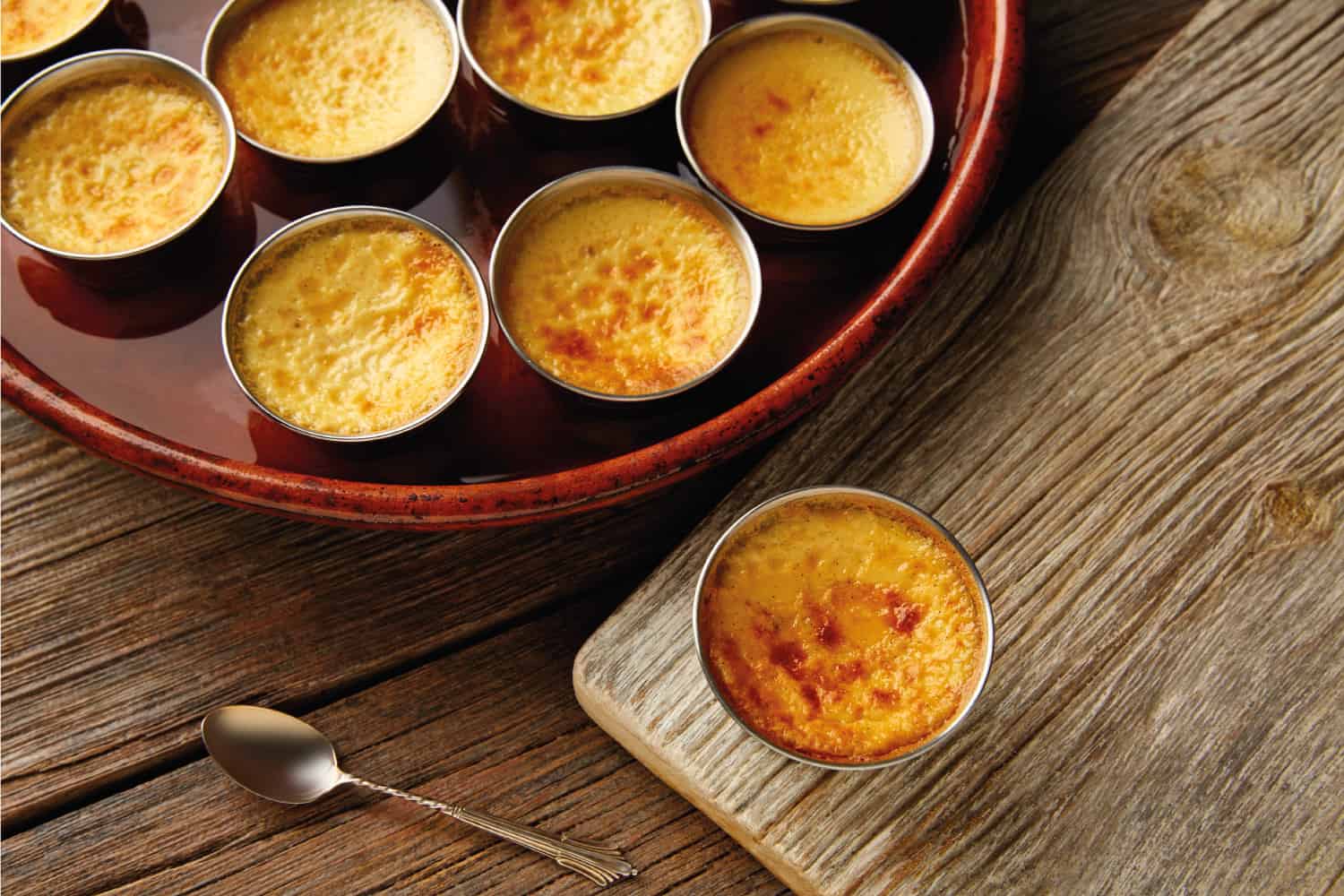
A water bath (bain-marie au four) is used when cooking certain dishes in the oven. First, the food is placed in its own cooking dish, then that dish is put in a larger dish, which in turn, is filled with an inch or so of water. The whole thing goes into the oven together. Alternatively, you can put the larger dish with water in the oven first. Just be careful not to fill it with too much water, or it will overflow when the smaller dish or dishes are placed in it.
Serving Dish
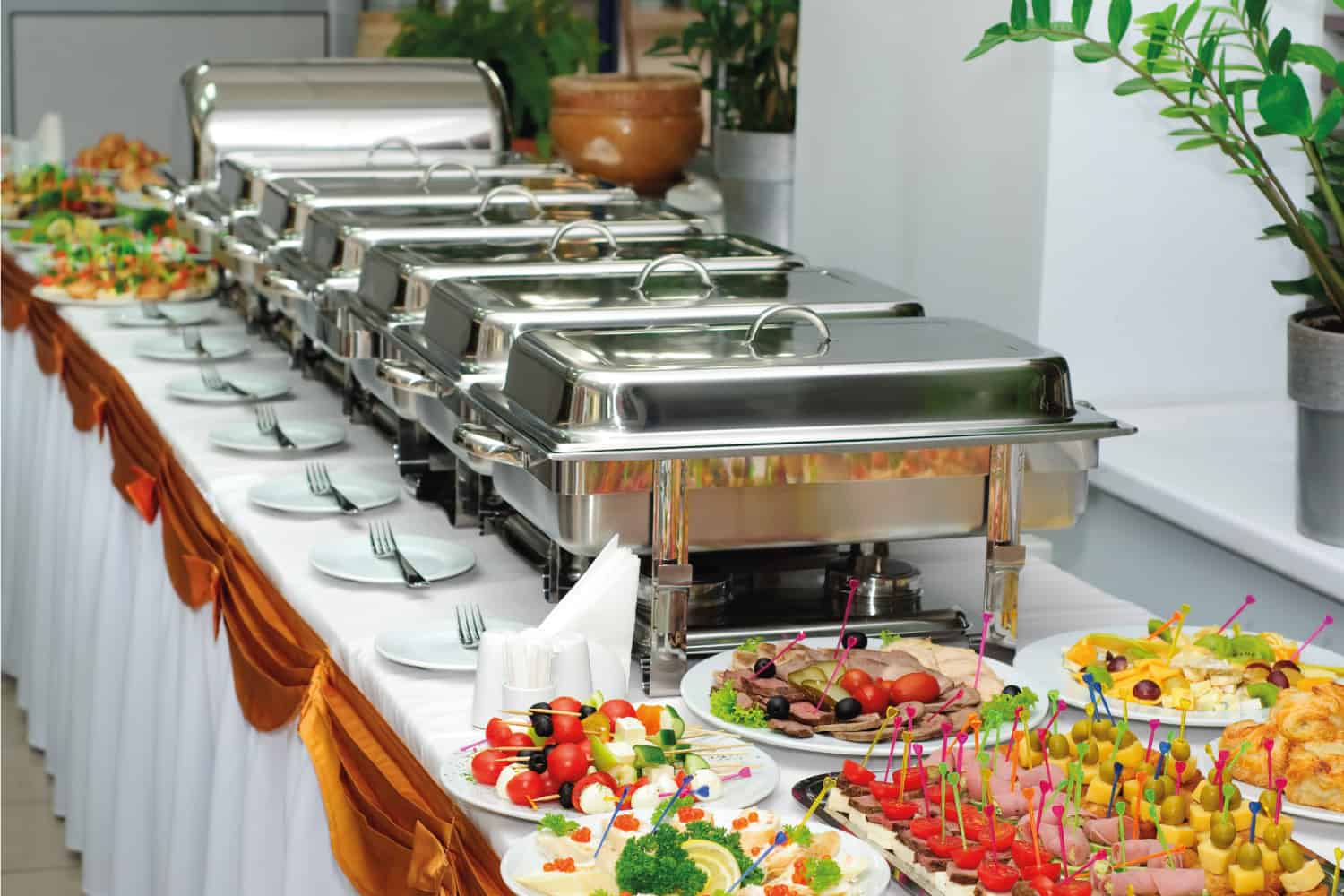
Another type of bain-marie is used as a serving dish. It may be less familiar for most home kitchens, but you have likely seen it in restaurants or buffets. It works similarly to chafing and other commercial serving dishes. While this type of bain-marie is typically employed in professional settings, it can also be useful at home for hosting holiday gatherings or other parties.
The food is held in a metal container over a larger container filled with hot water that keeps a steady, even temperature. The steam from the hot water helps keep the food hot longer without burning it.
Click here to see this commercial-grade bain-marie on Amazon.
To learn more about this type of bain-marie and how to use it safely, check out our article "How Long to Keep Food in a Bain-Marie."
What is a bain-marie ideal for?
Whether you're using the oven or stovetop variety of bain-marie, the advantage is the same: gentle cooking. Water cannot reach the same temperatures as your stove or your oven. Because of this, the food will not heat up as quickly. This makes bains-marie perfect for dishes that require gentle and specific temperature control.
Melting Chocolate
The quintessential use for the double boiler is melting chocolate. Chocolate melts at a low temperature and can burn easily. Melting it directly in a pan is likely to result in burnt chocolate. A double boiler makes the process easier. Learn how in this video from Chatelaine Magazine:
Hollandaise Sauce
No brunch spread would be complete without eggs benedict drowning in hollandaise sauce. The rich combination of egg yolks and butter is notoriously finicky to make. If it gets too hot, you end up with scrambled eggs in butter instead of that thick, velvety sauce. The solution? Whisk it up in a bain-marie! Learn how to make hollandaise and the whole eggs benedict from none other than Gordon Ramsey himself here:
Crème Brûlée
There are many more applications for the stovetop bain-marie, but what about that oven water bath? Look no further than the classic French dessert, crème brûlée. Sure, everyone usually fusses over the crispy coating of torched sugar on top. However, the oven bain-marie method is the key to getting the perfect texture to the custard that holds this dish together.
Learn how to make it in this video by Home Cooking Adventure:
How to make your own double boiler
If a recipe calls for using a double boiler, but you don't have one in your kitchen, have no fear. It's easy to put together your own double boiler with a pot and heat-resistant bowl.
Choose a mixing bowl made of glass or stainless steel that fits on top of the pot. Make sure the bowl seals the pot so that escaping steam doesn't find its way into your recipe or, worse yet, burn you as you use it. The larger the pot and bowl are, the more even the heat will transfer. A large pyrex bowl works well for this purpose.
Click here to see it on Amazon.
First, fill the pot with an inch or so of water. Bring that water to a boil on the stove and place the bowl on top. Then you can add your ingredients, such as chocolate or egg yolks, to the bowl.
Can you reheat food in a bain-marie?
Before microwaves became commonplace, it was common to use a water bath style bain-marie to do reheat food. Some still prefer this method, as it leads to more evenly reheating and less drying-out and burning than the microwave. However, it does require more time.
Keep the food to be reheated in a heat-resistant container. This can be glass Tupperware or a mason jar. Then grab a pot that the container will fit in, leaving room for water around all sides.
Put something heat resistant in the bottom of the pot that your food container can sit on so it's not in direct contact with the pan. You can use a mason jar ring or an inverted ceramic bowl. Put the food container on top, and then fill the pot with water until it's halfway up the bowl.
Then bring the water to a boil. The food inside the container will heat up without burning or drying out. This method does take some time, and it is important to reheat food thoroughly to keep it safe. You'll know your leftovers are properly reheated when they reach a temperature of 165° F, according to the USDA.
It is unlikely for your food to reach this safe temperature in a double boiler or chafing dish-style bain-marie, so we do not recommend using either of those setups for reheating.
When should you use a double boiler?
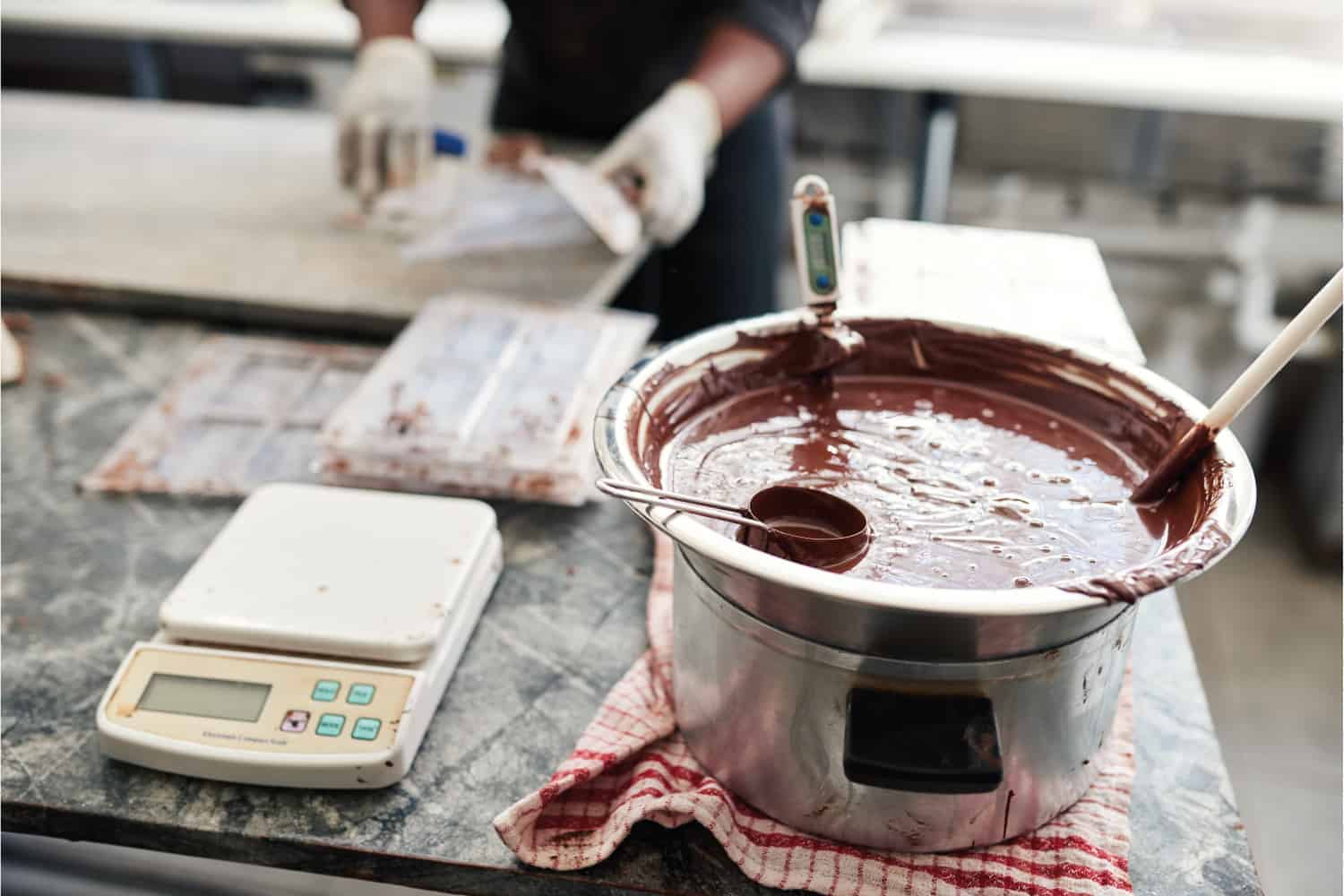
Use a double boiler when you need a low, even temperature. As we've seen, the double boiler is the go-to when it comes to melting chocolate and tempering eggs in your hollandaise. You can also use it for dishes that can be finicky when done directly in a saucepan.
Custards and puddings sometimes curdle or turn out lumpy if they overcook. You can foolproof your recipe by preparing it in a double boiler instead, such as this Creme Anglaise recipe by Key Ingredient.
Similarly, beurre blanc, a traditional French sauce made with butter, wine, vinegar, and shallots, requires a lot of temperature control. The process can be simplified using a double boiler, as suggested by Adrian's Best Recipes.
You can even use a double boiler to add a continental flair to the simple breakfast classic: scrambled eggs. Using a double boiler and constantly stirring, you can achieve eggs with a soft, custard-like consistency. These French-style scrambled eggs from Esquire feel decadent compared to the rubbery fare served at most restaurants.
Should the bowl touch the water in a bain-marie?
Whether the bowl should touch the water will depend on the type of bain-marie you are using and the application. As we saw in the crème brûlée recipe, the custard-filled ramekins are placed directly in the water. This is typical of the oven water bath, and other recipes, such as many cheesecakes, follow the same method.
When using a double boiler or a serving dish, it is better to keep the bowl or dish above the water. This is because you want the heat distributed evenly, which is accomplished by heating up the upper dish with steam. Direct contact with the water will lead to uneven and excessive heat.
Final Thoughts
From ancient alchemy to the modern kitchen, there's a reason the bain-marie, in its various forms, has stuck around. If you want consistency, care, and control when it comes to cooking, double boilers and water baths are a great tool to have in your arsenal. They'll save you from burnt chocolate, split sauces, and overcooked custards.
To learn about other techniques to have in your culinary repertoire, check out our article "16 Types of Cooking Methods."


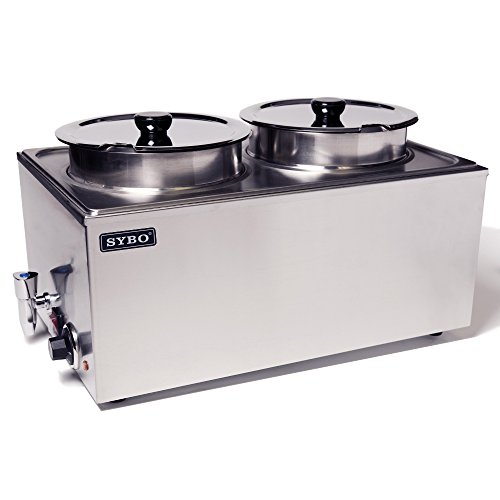

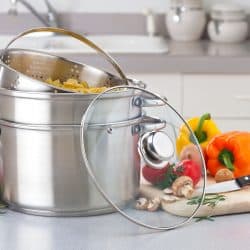
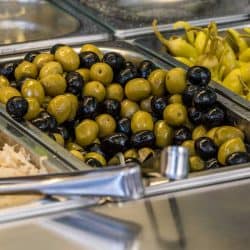
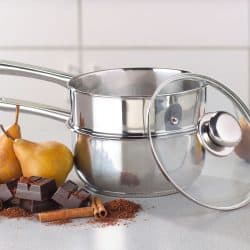
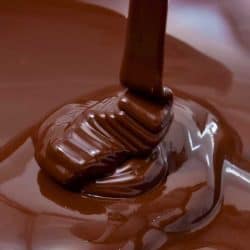

![Delicious square shaped pure chocolates, Can Chocolate Get Moldy? [And How To Store It]](https://kitchenseer.com/wp-content/uploads/2022/03/Delicious-square-shaped-pure-chocolates-250x250.jpg)